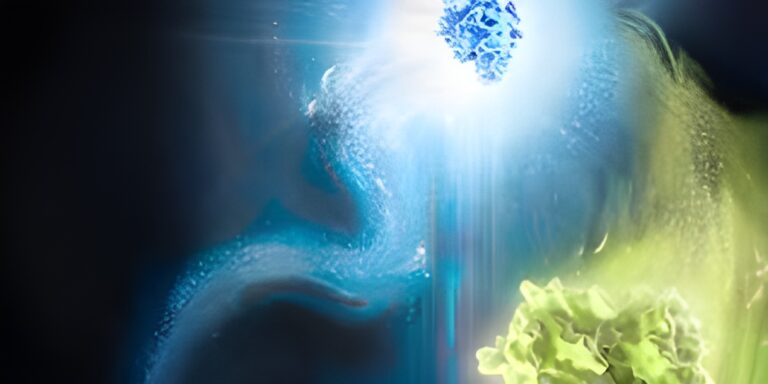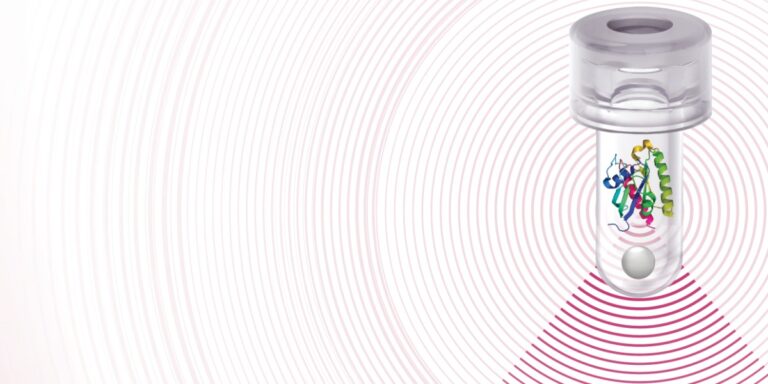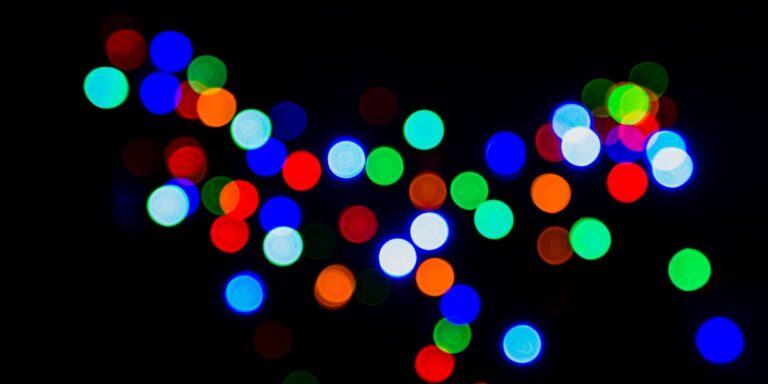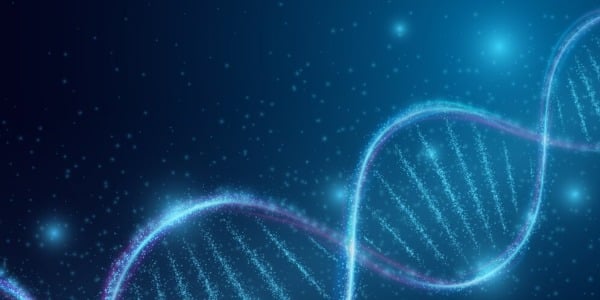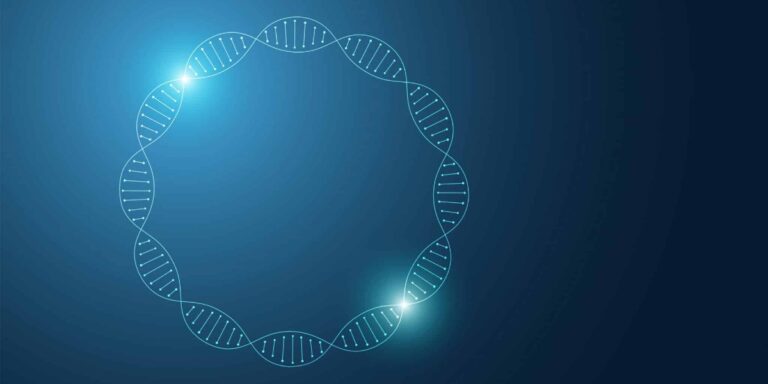An Easy Guide to Choosing a Luciferase Reporter Assay
Need help choosing a luciferase assay? This guide walks you through the differences between Firefly, Renilla, and NanoLuc reporters, plus key tradeoffs in signal duration, brightness, and workflow compatibility. Learn how to match the correct assay to your experimental needs.
